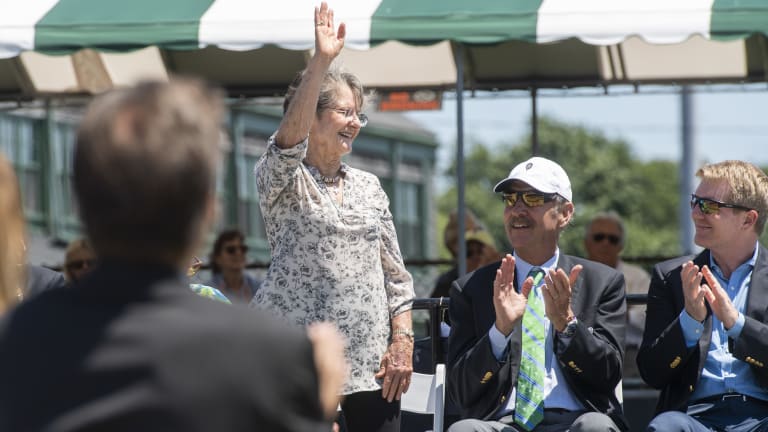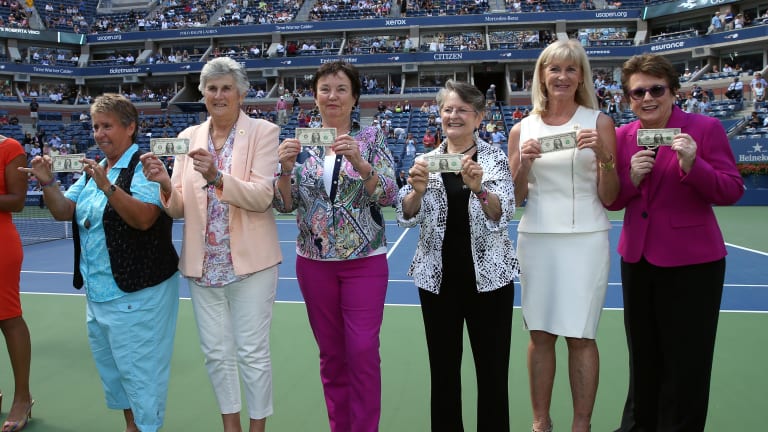Tennis.com Interview
Nancy Richey on Jessica Pegula's motivation, Coco Gauff's nerves, and the modern-day match-up she wishes she could have seen more of
By Oct 31, 2022Tennis.com Interview
Dino Prizmic is ready to make another Melbourne mark, eyes Novak Djokovic reunion
By Jan 13, 2026Tennis.com Interview
Nick Kyrgios brings the show, and new perspective, to Madison Square Garden
By Dec 08, 2025Tennis.com Interview
After longest off-season ever, Tommy Paul talks injury comeback, wedding plans at MSG
By Dec 08, 2025Tennis.com Interview
Following in family footsteps, Elli Mandlik clinches Australian Open return in wild card play-off
By Nov 25, 2025Tennis.com Interview
Ben Johnson 101: How an Instagram auteur is defining modern tennis lifestyle
By Nov 11, 2025Tennis.com Interview
Patrick Kypson, former college teammate of Rinderknech and Vacherot, is writing his own perseverance story
By Oct 28, 2025Tennis.com Interview
Michael Zheng channels Ivy League balancing act into rapidly blossoming pro tennis future
By Oct 21, 2025Tennis.com Interview
Flavio Cobolli wants to earn Davis Cup Finals nomination—and stay on as ATP's 'admin'
By Oct 16, 2025Tennis.com Interview
With IMG Academy backing, Wakana Sonobe kicks off pro career at home in Osaka
By Oct 16, 2025Nancy Richey on Jessica Pegula's motivation, Coco Gauff's nerves, and the modern-day match-up she wishes she could have seen more of
Catching up with the Hall of Famer, as the WTA's finale heads to her home state.
Published Oct 31, 2022
Advertising
Advertising
Advertising

The Hall of Famer Richey remains connected to the game and invested in its stars.
© 2018 Getty Images
Advertising

Richey (fourth from left) was one of the Original Nine that pioneered the women's tour.
© 2015 Getty Images